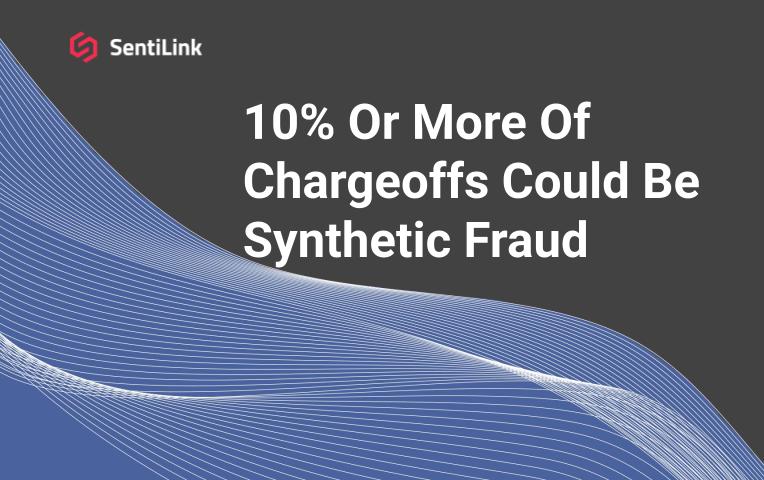Blog post
How Stopping Synthetic Fraud Can Release Loan Loss Reserves
Marc Sacher
Published
April 20, 2022

The recent trend of banks releasing loan loss reserves, which props up earnings, is likely coming to an end as inflation and rising interest rates take their toll on consumers’ ability to manage debt. However, blocking synthetic identity fraud can be an effective offset that enables banks to keep those reserves lower.
How could that be, you ask? Well, synthetic identity fraud typically goes undetected, so the unpaid balance flows through Collections into the credit loss bucket, rather than its rightful place as an operating loss. Loan loss reserves are based on expected future credit losses over the life of the loan, and expensed when the account is opened, not when the loss is incurred (though it does “true up” eventually). So the current loan loss reserve unknowingly reflects both credit and synthetic fraud losses.
If tools are suddenly put in place to detect and decline synthetic identity fraud applications, the bank has lowered the losses it expects in the future, AND it can properly identify synthetic fraud accounts in its portfolio; those that have already defaulted and those that haven’t yet. That means it can precisely measure, dollar for dollar, the portion of the loan loss reserve attributable to synthetic fraud and release that “excess” amount, which falls to the bank’s bottom line as increased profit. If the amount of synthetic fraud is significant enough from past time periods, it may even be worth restating historical financial performance.
Lower losses is obvious, but what other significant benefits are there from eliminating synthetic fraud losses from the credit loss bucket?
Credit loss rate is the best representation of the underlying risk in a given loan portfolio. Therefore it is used to dictate how much capital a bank must hold (it drives regulatory requirements), the price it pays to raise debt and equity (covenants may even tie to changes in loss rate), and how well the bank manages risk relative to its peers (a favorite metric for equity analysts and others).
And when regulators conduct a “stress test” on the bank, they apply a significant multiple to the credit loss rate to make decisions about whether the bank can buy back stock, issue dividends, or how fast it can grow its business.
So having an inflated credit loss number can be very detrimental to the business. And when you consider that 10% or more of credit losses could be synthetic identity fraud, based on our experience, all those benefits really add up.
________________________________________

Marc Sacher has spent over 25 years in the financial services industry with particular focus on Payments. He built the Industry Roundtables practice at Auriemma Consulting Group prior to joining SentiLink as VP, Business Development in 2021.
Related Content

Blog article
December 2, 2025
The Identity-Theft Risk Profile of NBA and NFL Draft Prospects
Read article
Blog article
November 21, 2025
CIP Requirements: What Financial Institutions Need to Know
Read article
Blog article
November 7, 2025